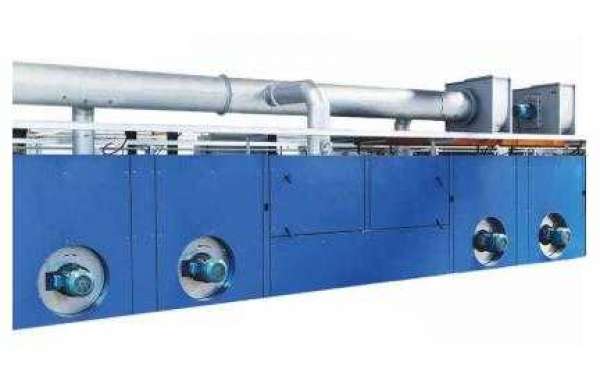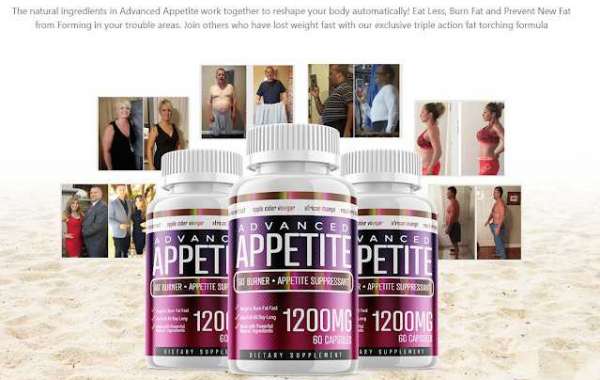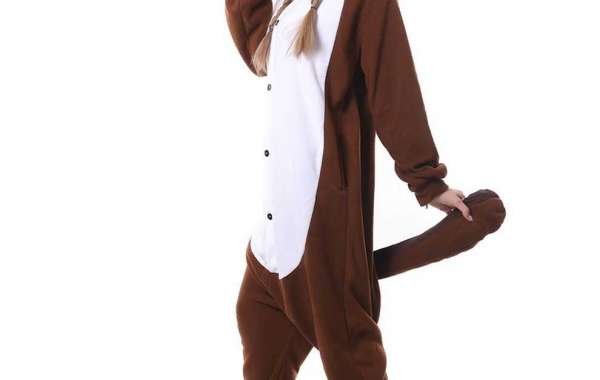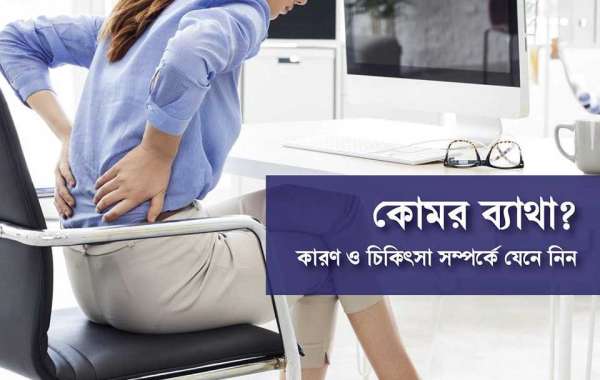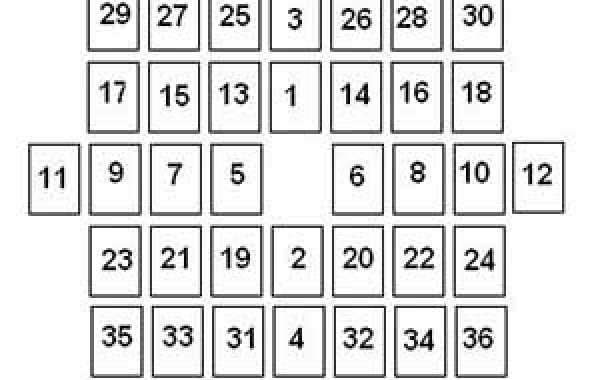Stenter's screen selection ①Nylon screen: Nylon screen has high strength, high abrasion resistance, high alkali resistance, slightly acid resistance, good ink permeability, small thread diameter, good elasticity, and bright print;
②Polyester screen: Polyester screen has good stability, high strength, corrosion resistance, better performance than nylon screen, high tension of the stretched screen, suitable for high-precision printing;
③Stainless steel screen: stainless steel screen has high strength, good stability, small wire diameter, high mesh, good resistance, long life, poor elasticity, easy to break under impact, suitable for precision printing, not suitable for curved printing;
④Nickel-plated polyester mesh: Nickel-plated polyester mesh combines the advantages of polyester mesh and stainless steel mesh, with wide applicability, moderate price, and poor corrosion resistance.
The wire mesh has plain weave, twill weave, half twisted weave and full twisted weave. The white screen is easy to cause diffuse reflection when exposed, and the golden, red and amber colors absorb ultraviolet rays and can prevent halo. The number of screen meshes is 30 meshes/cm, 40 meshes/cm, 60 meshes/cm, 80 meshes/cm, 120 meshes/cm, 140 meshes/cm and 160 meshes/cm. In general, the meshes The number is large, and the mesh is straight and small. Fine wire dense mesh, high resolution; thick wire coarse mesh, low resolution. When printing curved surfaces, use a silk screen with high elasticity, such as nylon mesh; when printing large absorbent substrates, use a screen with a large mesh area; when printing a smooth surface, use a high-elasticity and high-tension screen; printing on a rough surface When printing, use a low mesh screen; when printing high-precision prints, use a low elongation, high tension screen; when printing signs, textiles, and knitwear, use 28 mesh/cm~78 mesh/cm screen; printing For paper, metal, glass, leather, plastic, use 40 mesh/cm ~ 140 mesh/cm screen.
Stretch the net
There are wooden frames, metal frames, plastic frames, combo frames, etc. for screen frames. When stretching the net, clean the frame first. The net can be stretched manually, mechanically or pneumatically. After stretching the net, it is bonded and trimmed. Stretching requires that the tension of the screen is appropriate, uniform and stable, the direction of the wire is consistent, and the warp and weft are parallel to each other.
Plate making
①Direct method: screen cleaning→application of photosensitive glue→printing→development→revision. This method is time-consuming to apply glue, the film thickness is adjustable, the combination is firm, and the printing is resistant. ②Indirect method: photosensitive film → printing plate → developing → sticking film → peeling off the base → repairing the plate. This method is complicated in operation, smooth in lines, weak in film, low in printing resistance, and unchanged in film thickness. ③Mixed method: screen cleaning → film sticking → exposure → development → revision. This method is easy to operate, the thickness is fixed, the lines are smoother and firmer.
Screen direct plate making
The screen is abbreviated as CTS (Computer To Screen).
①Laser ablation direct plate making: firstly coat the screen photosensitive glue on the metal screen, burn through the photosensitive layer with laser, the mesh part of the picture and text is transparent, and the pre-printing system computer controls the ablation area. This method can only be used for metal network.
②Laser exposure direct plate making: first apply photosensitive glue on the screen, and the system computer controls the laser to image on the screen before printing to make the screen. This kind of plate making method uses special photosensitive glue, the range of ultraviolet light is narrow, and the price of laser exposure system is high.
③Flat Screen Printer inkjet imaging system: first apply photosensitive glue on the screen, and the computer controls the inkjet system to spray the light-blocking ink on the photosensitive layer of the image and text before printing, and then fully expose it to ultraviolet rays. The image and text part is not photosensitive, and the photosensitive glue is washed away; the blank part is photosensitive and hardened. This method can use ordinary photosensitive glue without losing the details of the image.
